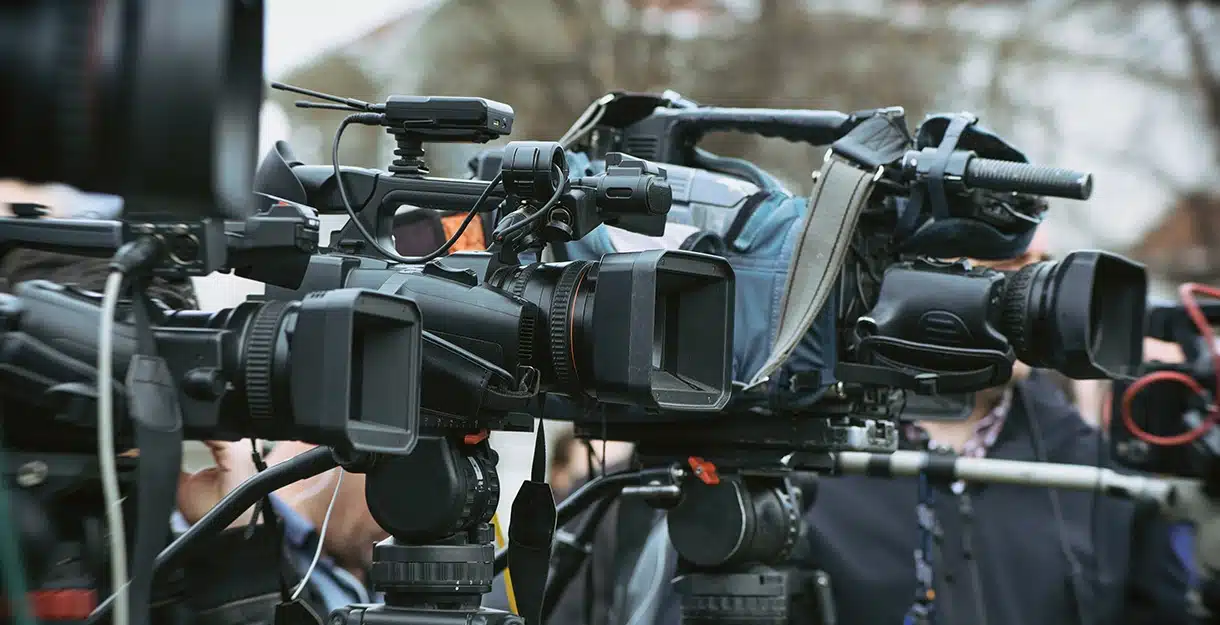Earning media coverage, particularly from traditional media outlets, has long been a core tactic for public relations professionals. For years, it went something like this — land your hit and say a Hail Mary that it reaches your audience.
Enter modern social intelligence and media monitoring tools and services.
Earned media is more than just lending an authoritative voice to generate awareness of an issue or convey a message. It’s about the data that’s generated when your message enters the media ecosystem. The better you can track that data, the better your organization’s leaders can understand the impact of their earned media efforts and the progress being made toward communications goals.
Luckily, every four years we get a master class in how to earn your earned.
Bravo Group senior adviser and former Fox Business Network President Brian Jones saw firsthand the impacts of earned media for campaigns during the 2016 election cycle. “During that time, news media outlets witnessed a unique symbiotic relationship with campaigns and targeted viewers emerging and expanding,” Jones said. “It was more than just transmitting a narrative. New storylines were created daily, driving increased audiences and engagement. There was a measurable benefit for everyone involved.”
The goal is no longer simply landing the coverage. It’s how we can make the coverage work for us to help build a smarter campaign.
This Axios article from September, highlighting a memo released from the Trump campaign, touts a one-week $40.1 million return value in earned television coverage by having President Donald Trump make appearances at events around the country.
A bit ironic, don’t you think? The campaign that bashes the media finds value in leveraging them for free airtime.
We all know campaigns are expensive. You have to dole out a lot of money to elevate your name, drown out the competition, control the narrative and connect with your audiences. To achieve these objectives, you engage in a paid media campaign by buying time for ads, particularly with television stations.
But what if you don’t have the funds that your competitor has? You play to your strengths instead and capitalize on it.
In September, the Biden campaign and affiliated committees raised about $140 million more than the Trump campaign, according to this Politico article. The September funds put the Biden campaign at more than $430 million in reserves, or nearly double that of the Trump campaign.
That is a key amount of money when you’re talking about buying television airtime –– because ad rates soar during the election season. In the 2016 election, Hillary Clinton’s campaign and supporting super PACs spent $1.2 billion, outspending the Trump campaign and its super PACs 2-11.
If you’re light on cash but need to remain competitive, you go out and earn that TV time instead, supplementing the campaign ads you have running.
A rift over the severity of our ongoing public health crisis has spawned differing strategies between the two presidential contenders. Trump’s campaign has focused on its ground game, organically creating content where there was none in the form of sound bites, b-roll, action, reaction, characters and stories.
When the campaign rolls into town, it’s an event. News networks and their affiliates are all too willing to fill their newscasts with free airtime of the Trump brand.
It’s also not an unfamiliar strategy to the Biden campaign. It touted in March that it was riding an “earned media tsunami into Super Tuesday,” after not winning the first three primaries. In fact, one media monitoring service reported Biden earned nearly $72 million in just national media coverage from when polls closed in South Carolina until the first polls closed on Super Tuesday2.
So how does the Trump or Biden campaign know what kind of return it is getting on all that broadcast coverage? Simply put, real-time audience analytics are now available for monitoring tools, along with values that mirror the cost to buy time from TV stations. The longer the segment or the higher the audience, the greater the value.
How does this help with strategy? If the Trump campaign is noticing a positive return (publicity value and/or audience reach) on its investment, the strategists probably will stay the course on public events –– it’s free advertising that can help fill a funding gap.
“It was more than just transmitting a narrative. New storylines were created daily, driving increased audiences and engagement. There was a measurable benefit for everyone involved.”
Bravo Group senior adviser Brian Jones, on the 2016 election
Another way to use monitoring tools to help with strategy is to track key messages. This isn’t always easy to do with broadcast media, but because most content is aggregated digitally, you can track the narrative you’re trying to deliver.
For example, is your messaging making its way to reporters and ultimately to the public? Or, what negative messages are associated with your coverage/brand that you need to improve upon?
Finally, media monitoring and analysis can help your earned media strategy in targeting your audience. Monitoring tools like the ones the Trump campaign says it is using reveal demographics, locations and whether or not those reading your media coverage online took action to visit a campaign website.
Knowing where you are getting results –– or not getting results –– will lead you in how to pursue those opportunities moving forward. In the case of the Trump campaign, if a particular media outlet is driving interest or not returning great results, that outlet might be a target for the campaign to consider spending extra time with the next time the president is in town.
The bottom line is that even our traditional forms of communication are producing data that can serve an integral role in communications strategies. The goal is no longer simply landing the coverage. It’s how we can make the coverage work for us to help build a smarter campaign.




